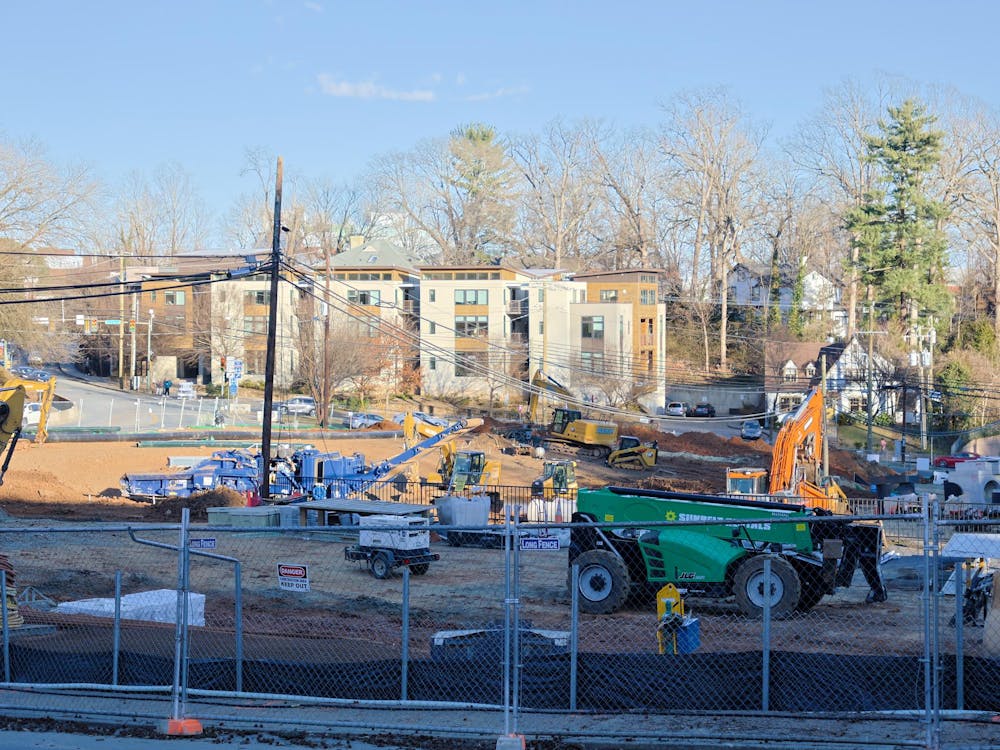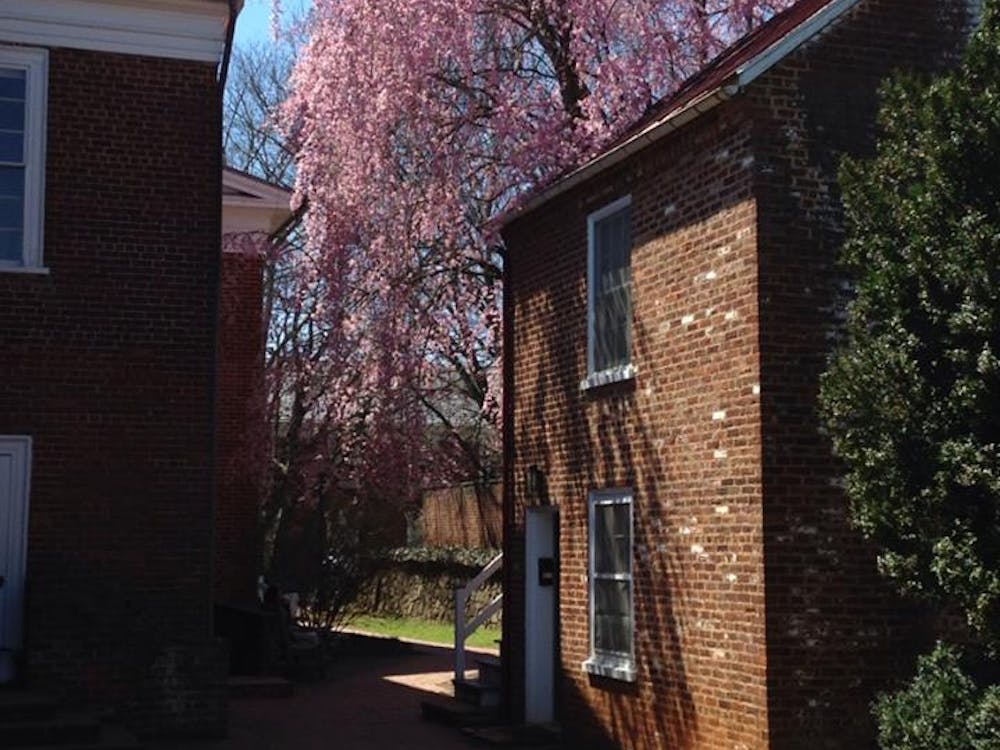The Rondout-West Branch tunnel has been leaking since the 1980s, losing some 20 million gallons a day. The tunnel supplies New York City with half of its drinking water from reservoirs in the Catskill Mountains. This is but one example of our country’s subpar infrastructure, and fixing it has been identified as a priority by the Obama administration. Yet money alone will not plug the leaks. With its investment in rebuilding national infrastructure, the federal government should focus on value rather than pouring cash into the problem and hoping for quick returns.
Given the desperate times, many are looking to the upcoming infrastructure projects to provide jobs and a short-term boost to the economy. We must be careful, however, not to let the need for a quick stimulus compromise quality. The federal deficit is growing, and only those projects that provide a long-term improvement of national welfare should be pursued. Appropriating too much money to public works ventures will only finance earmarks and allow for wasteful spending.
By practicing restraint in funding proposed infrastructure projects, the federal government would encourage states to increase efficiency — an area where there is certainly room for improvement. In a Dec. 28 Wall Street Journal opinion article, Brookings Institution Senior Fellow Clifford Winston points to reforming Davis-Bacon mandates, which “require that ‘prevailing’ union wages be paid to workers on any construction project receiving federal funds,” as a way to save money. These “drive up the costs of roads and other federal transport projects.” Winston also claims “the Federal Transit Act makes it extremely difficult to lay off transit employees.” Another way for states to lower cost is to secure public-private partnerships in financing public works projects, which would also help the economy by promoting investments from the private sector.
What, then, constitutes a quality investment for the federal government to undertake? One growing problem in our nation is the increase of urban and even suburban congestion. The 2007 Urban Mobility Report conducted by the Texas Transportation Institute, part of the Texas A & M University system, contends that “congestion caused urban Americans to travel 4.2 billion hours more and to purchase an extra 2.9 billion gallons of fuel for a congestion cost of $78 billion.” Combating congestion would lower energy costs by bringing down demand, reduce greenhouse gas emissions, and generate revenues from toll roads, many of which charge motorists a fee in exchange for the right to drive in a lane with less traffic.
Infrastructure projects should not only improve public transportation but also make it a more desirable alternative than driving. For example, the California High Speed Rail Authority, approved by voters in November, will transport passengers between the state’s largest cities at 220 miles per hour. Other congestion-relieving projects include building more urban express lanes and airport runways.
In order to invest public funds wisely, the federal government must reform the Highway Trust Fund, much of which is used for financing national highways and mass transit. In a 2005 research report, Ronald Utt of The Heritage Foundation argues “Congress began the process of diverting the trust fund’s resources to other purposes” after the construction of the national highway system was completed for the most part by the early 1980s. According to Utt, “Non-transportation projects such as nature trails, museums, flower paintings, and historic renovation became eligible for trust fund spending” and “legislative proposals now before Congress would divert as much as 42 percent of federal fuel tax revenues paid by the motorist to projects that are unrelated to general-purpose roads.” The bill referred to in the previous quote — H.R. 3: the Transportation Equity Act — was passed into law by the 109th Congress and largely financed by the Highway Trust Fund.
The Fund is allocated to states for transportation projects based on a complex, politically-derived formula. Utt’s report calculates states’ ratios of money received from the system versus the amount paid into it and finds that they are highly uneven. For example, Florida, California, and New Jersey — all of which have highly congested urban areas — are shortchanged but states such as Alaska, Montana, and the Dakotas are some of the biggest winners. Gas tax revenues (which make up most of the Trust Fund) need to be distributed in ways that will benefit the highest number of travelers, relieve congestion, and create the most jobs.
Now is the perfect time to undertake essential infrastructure investments; dwindling federal funds due to a bad economy provide a viable excuse for the next administration to deny the billions of dollars worth of pet project requests that inevitably accompany the needed ones. The only way to lower unemployment, boost the economy and fix U.S. infrastructure is to prevent public works funds from leaking into the pork barrel.
Mitch Ross’ column appears Thursdays in The Cavalier Daily. He can be reached at m.ross@cavalierdaily.com.






